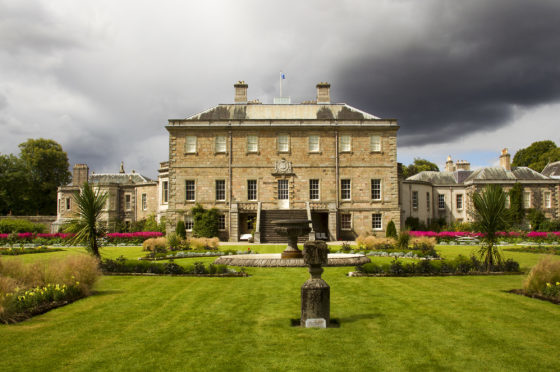A north-east country estate has issued guidance after concerns were raised over children eating wild fruit.
Haddo House and Country Park near Tarves reassured families after youngsters ate from wild cherry trees.
A spokesman said: “Twice people have been concerned after finding their children had eaten the berries.
“It is safe to eat wild cherries.”
However, she added: “Please watch children around brightly coloured berries as some are not so safe to eat.
“We want children to engage fully with nature, but we don’t want them to be at risk of ingesting something potentially harmful.”
In 2010 a gardener in Hampshire collapsed and died of multiple organ failure, apparently as a result of handling aconitum, or aconite, known as the ‘queen of poisons’.
According to Elizabeth Dauncey’s book titled Poisonous Plants, there are usually up to two fatalities a year from plants in the UK, mainly caused by yew and hemlock.
River Cottage television chef and wild food enthusiast Hugh Fearnley-Whittingstall has previously preached caution, saying: “Blackberries are fine, we all know what they look like, but they are the exception to the rule as many plants and berries are harmful.”
However, countryside campaigners dismissed government guidelines to avoid eating anything that hasn’t been washed as “unnecessary rubbish” and said children had been picking blackberries and other fruit safely for centuries, using their common sense.










